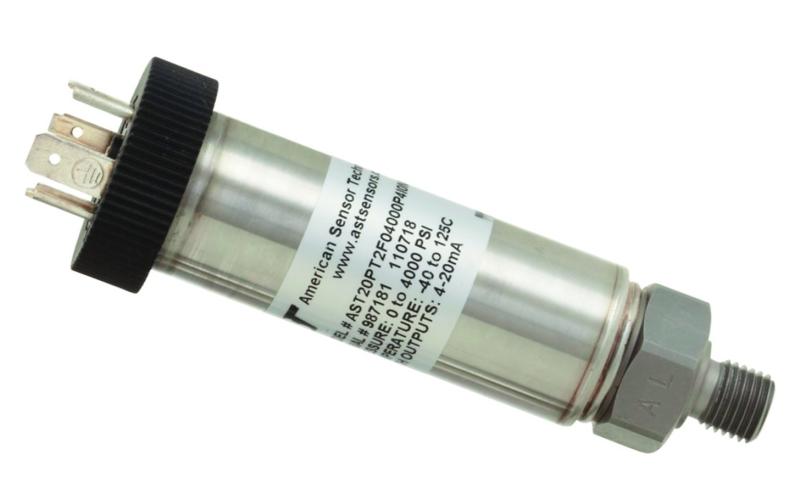AMSYS Introduces Hydrogen-Compatible Pressure Sensors for Renewable Energy Applications
Key Ideas
- AMSYS introduces the AST2000 and AST4000 pressure transducers certified for use with hydrogen in fuel cells, storage tanks, and filling stations.
- These sensors are made from a single piece of stainless steel without oil filling, ensuring reliability and preventing leaks.
- The pressure transducers offer versatile output options, accuracy of +/-0.25%, and robustness against temperature, shock, and vibration.
- The hydrogen-compatible sensors also comply with EU Regulation EC79 for use in hydrogen-powered vehicles, enhancing their suitability for renewable energy applications.
AMSYS, a German-based company specializing in sensor technology, has launched the AST2000 and AST4000 pressure transducers designed for hydrogen applications in renewable energy. These sensors, certified with the EC79 certificate, are suitable for fuel cells, hydrogen storage tanks, and filling stations. They are constructed from a single piece of stainless steel without oil filling or welded seams, providing enhanced durability and leak prevention. The pressure transducers offer a 4 ... 20 mA current, two voltage outputs, and an accuracy of +/-0.25% for measuring pressures up to 448 bar. With IP66 protection, they can operate in temperatures ranging from -0°C to 85°C and are resistant to shock and vibration. AMSYS' hydrogen-compatible sensors also meet EMC compatibility standards and comply with EU Regulation EC79 for hydrogen-powered vehicles. The design features a precision machined pressure diaphragm from AISI 316L stainless steel, ensuring pressure resistance without weld seams. This eliminates the risk of leaks for hydrogen molecules. AMSYS also offers the AST2000 for industrial applications, covering various pressure ranges with different output signals. As a distributor for sensor technology, AMSYS will showcase its products at the electronica fair in Munich. The company's expertise in pressure measurement technology and customer-specific modifications make it a prominent player in the German-speaking sensor market.
